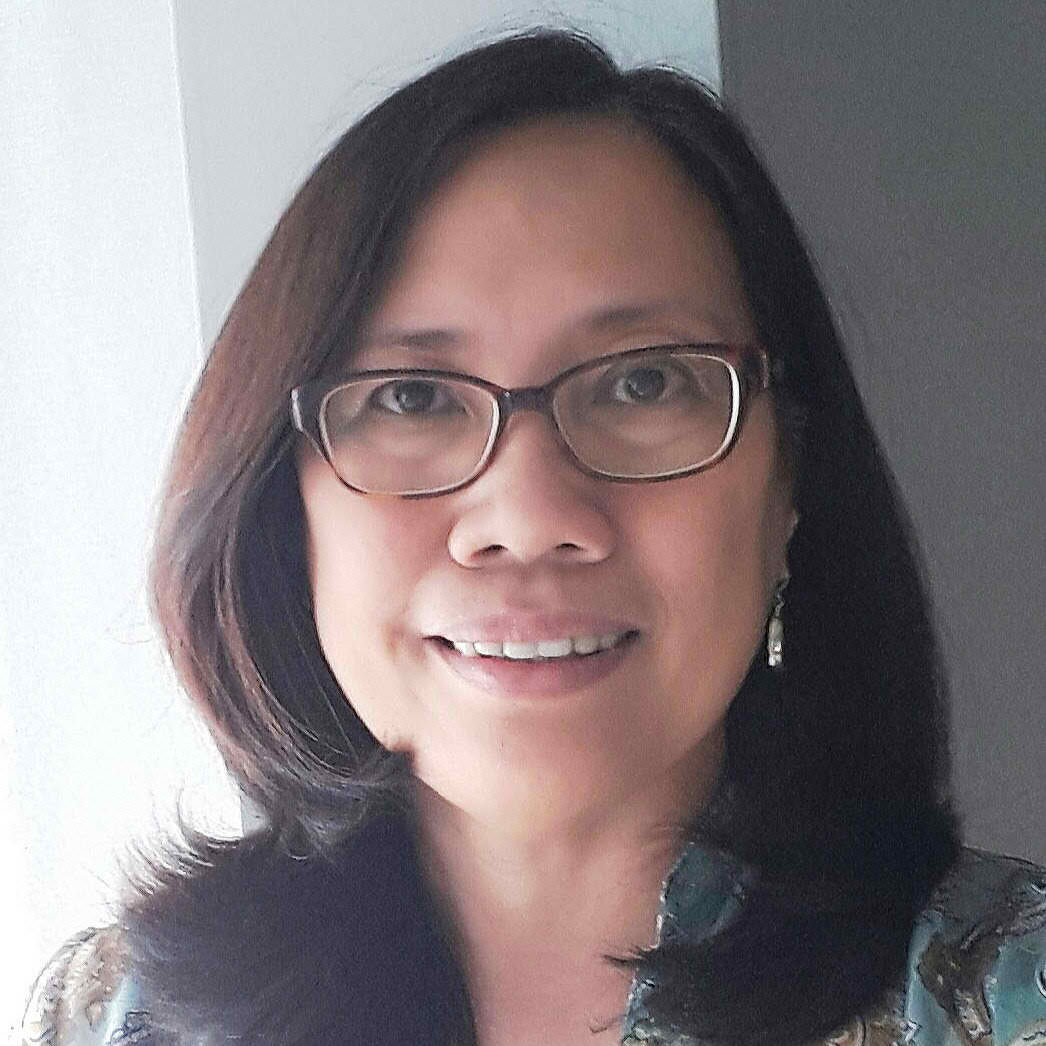

From prolonged droughts in Afghanistan to floods across South Asia and super typhoons in the Philippines, Asia has felt the brunt of climate change firsthand. The disasters in the region continue to increase both in quantity and in the magnitude of devastation, leaving millions of women, men, and children without food and water and displaced from their homes.
Things need to change now and fast, and how we create and consume energy is one big piece of the puzzle. The governments and international funding institutions that shape our energy systems need to embrace renewable energy immediately. With fastest growing demand for energy in the world, Asia has enormous potential to drive the global energy transition, but the inability to act today would mean irreparable damage to the lives of millions of Asians living in extremely climate-vulnerable regions.
On the bright side, the most climate-vulnerable Asian countries are spearheading a new form of climate leadership, with the Climate Vulnerable Forum (CVF) aiming to be fully reliant on renewable energy by 2050. The CVF is a group of the world's most disaster-prone, climate-vulnerable countries, and there are 10 Asian members: Afghanistan, Bangladesh, Bhutan, Cambodia, Mongolia, Nepal, the Philippines, Sri Lanka, Timor-Leste, and Vietnam.
This ambitious goal is dependent on finance being made available, and this is where the World Bank and other international finance institutions (IFIs) have a critical role. (READ: [OPINION]: Breathing out coal: How victims of the climate can be its protectors)
However, questions remain about the banks' commitment. IFIs are still pouring more money into fossil fuels than clean energy, and they are failing to support the bold and critical ambitions of the most vulnerable nations. Presently, in the 10 CVF countries in Asia, the World Bank, the Asian Development Bank, and the Asian Infrastructure Investment Bank are investing nearly $5 billion in fossil fuels, but only $3.5 billion in renewable energy and energy-saving measures.
This trend needs to change immediately because we know looking for short-term growth through fossil fuel comes at an enormous cost. Every dollar invested in a coal plant, such as the planned Mariveles expansion in the Philippines, could produce up to $10 in climate damage in Asia alone – and $100 in local health costs. For every dollar invested in the proposed Riau gas-fired power plant in Indonesia (to be financed by the ADB/IFC) the likely climate damage could amount to $5. This is the economics of self-harm.
The development banks are in a position to help realize renewable energy sufficiency ambitions for the people of vulnerable countries. Not just through the projects they finance themselves, but also by helping to shape the direction of government policy, and driving follow-up investment from elsewhere – thanks to the technical competence and guarantees they provide to the governments as well as the private sector.
To do this, IFIs need to align their operations with the Paris Agreement to enable a world where climate-vulnerable nations can survive and thrive. This means phasing out support for fossil fuels, most urgently the funds that still find their way to coal through the route of local "intermediary" banks. Instead, the investments must be shifted into realizing Sustainable Development Goal (SDG) 7 of ensuring access to affordable, reliable, sustainable, and modern energy for all. Supporting countries to develop policies that enable an energy transition and solutions that meet the needs of women and poor rural communities will go a long way towards this goal. (READ: A low carbon future)
Thus far, both the governments and IFIs have left hundreds of millions living in energy poverty behind – without access to either electricity or modern cooking – including and especially women. Only a third of financing in these 10 countries has targeted improving access to energy. And of that energy access finance, only about 10% is for distributed energy solutions like clean cooking, off-grid, and mini-grid, compared to about 90% for expanding access via the centralized grid.
Yet, distributed solutions tend to have the biggest development impact as they can best meet the needs of poor, remote communities. For example, solar home systems can be quickly installed in areas where grid extension is unlikely (such as remote islands), are affordable compared to alternatives like kerosene or diesel, and reliably provide energy services people need, like lighting and phone charging. In particular, clean cooking receives negligible amounts of energy finance, even though in Asia this is the most pressing energy poverty challenge – and one with a female face. While women wait for clean cooking, they pay with their time and health, missing out on other opportunities because of the extra domestic burden that comes with cooking on inefficient stoves.
CVF countries will need to continue and strengthen their leadership at the global stage. At home, they must forego the self-destructive quick-fix temptation of coal, and instead, blaze a new development pathway by enacting their commitment to energy sufficiency and universal access through renewable energy. By turning their bold political commitments into investment plans, financing from both development banks and commercial investors will follow.
The transition will be challenging, but let us aim at nothing less than redesigning the energy economy towards one that is sustainable, truly inclusive, and allows vulnerable countries to thrive. – Rappler.com
Lan Mercado is an activist and a development worker with over 30 years of experience working with civil society coalitions, environmental movements, and international women's rights organizations. Since 1999, she has been with Oxfam, starting as a project officer working directly with women and men supported by the organization before gradually progressing to senior leadership. Today, she leads as regional director for Oxfam in Asia.